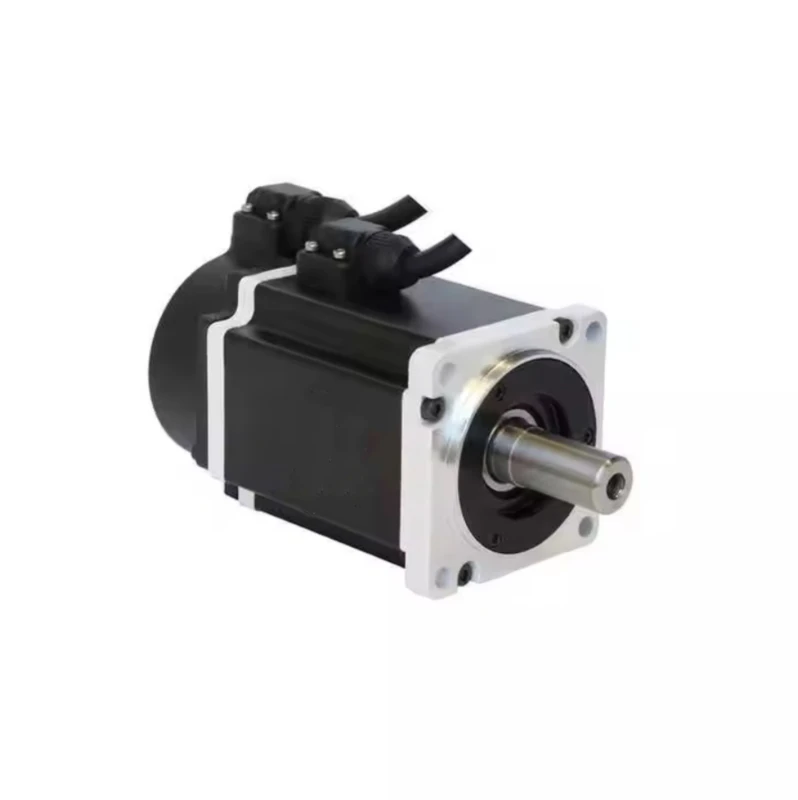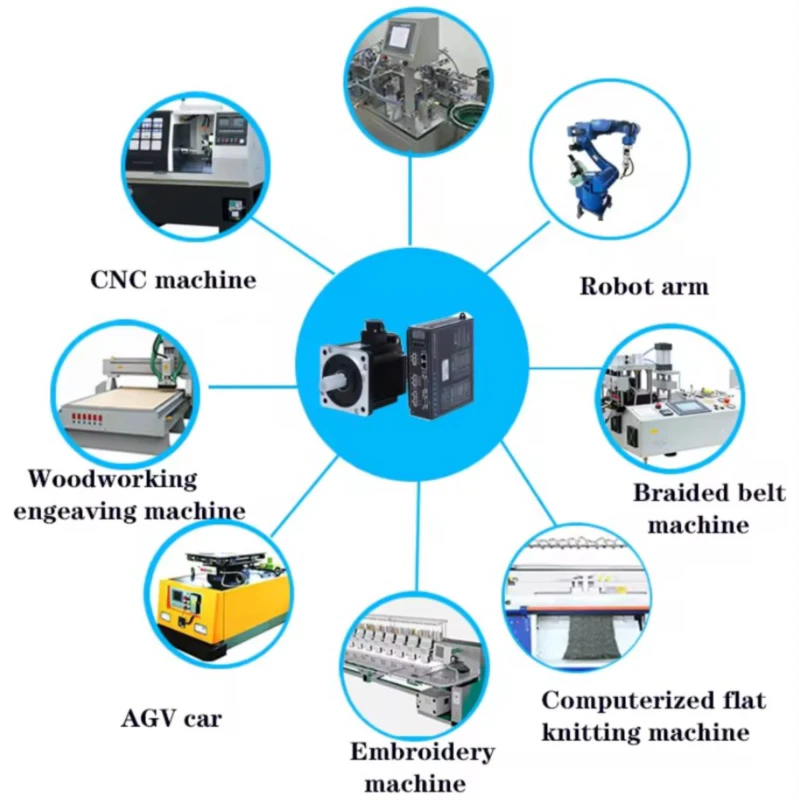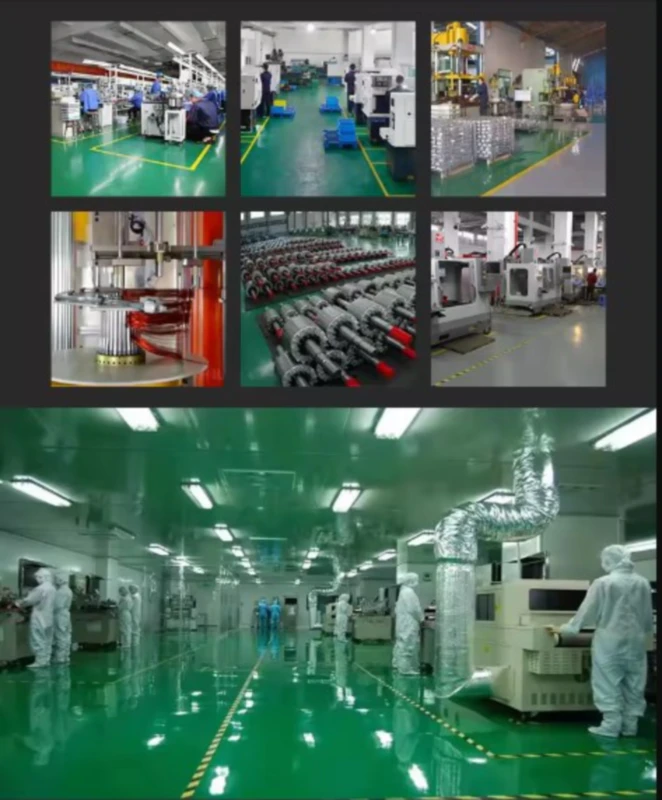Servo Motor Applications in Virtual Reality Setups
Introduction
In virtual reality (VR) setups, servo motors play a crucial role in providing precise movements and feedback, enhancing the overall immersive experience for users. This article explores the various applications of servo motors in VR setups and how they contribute to the advancement of virtual reality technology.
1. Head Tracking
Head tracking is a fundamental aspect of VR, allowing users to look around and interact with the virtual environment. Servo motors, equipped with position sensors, enable accurate tracking of the user’s head movements, ensuring seamless synchronization between the virtual and real-world perspectives.
2. Haptic Feedback
Haptic feedback adds a tactile dimension to VR, enhancing the user’s sense of realism and immersion. Servo motors, combined with force feedback technology, can simulate realistic sensations by generating precise vibrations or forces in response to virtual interactions, such as touching objects or colliding with virtual obstacles.
3. Motion Platforms
Motion platforms provide physical movements that align with the virtual content, enabling users to feel the sensation of motion within the virtual environment. Servo motors, integrated into these platforms, drive the movements, offering accurate and synchronized motions, whether it’s a flight simulator, a racing game, or a roller coaster simulation.
4. Robotic Arms
In certain VR applications, robotic arms are utilized for interacting with the virtual world. Servo motors power these robotic arms, allowing precise and coordinated movements to manipulate virtual objects. This enables users to perform tasks and experience a higher level of realism in VR simulations.
5. Camera Tracking
Camera tracking is crucial in VR setups, especially in mixed reality scenarios where virtual and real-world elements are combined. Servo motors enable smooth and accurate camera movements, ensuring that the virtual content aligns seamlessly with the real-world environment, enhancing the overall visual experience.


Conclusion
In conclusion, servo motors are indispensable components in virtual reality setups. They enable precise head tracking, realistic haptic feedback, synchronized motion platforms, precise robotic arm movements, and accurate camera tracking. These applications contribute to an enhanced and immersive VR experience for users.
About Our Company: Our company is a leading player in the Chinese motor market, specializing in the design and production of servo motors, brake motors, hydraulic motors, Bauer gear motors, hydraulic pistons, driveline motors, and more. With a production capacity of 200,000 sets and state-of-the-art automated CNC production and assembly equipment, we pride ourselves on delivering high-quality products, competitive prices, and excellent customer service. We welcome customers to customize their requirements based on drawings and samples.

Q&A
Q: How do servo motors contribute to the accuracy of head tracking in VR?
A: Servo motors, equipped with position sensors, provide precise control over head movements in VR setups. The sensors capture the exact position of the user’s head, allowing for accurate tracking and synchronization with the virtual environment.
Q: What advantages do servo motors offer in haptic feedback for VR?
A: Servo motors, integrated with force feedback technology, enable realistic haptic feedback in VR. They generate precise vibrations or forces that simulate tactile sensations, enhancing the sense of realism and immersion for users during virtual interactions.
Q: How do servo motors ensure smooth camera movements in VR?
A: Servo motors play a crucial role in camera tracking for VR setups. They provide smooth and accurate movements, allowing the virtual content to align seamlessly with the real-world environment. This contributes to a more immersive and visually appealing experience for users.